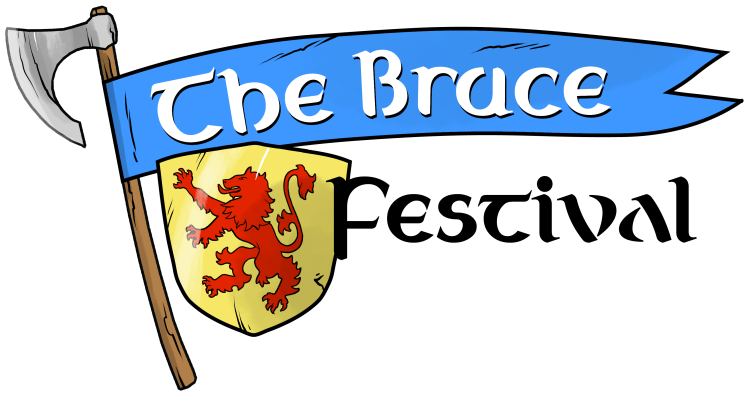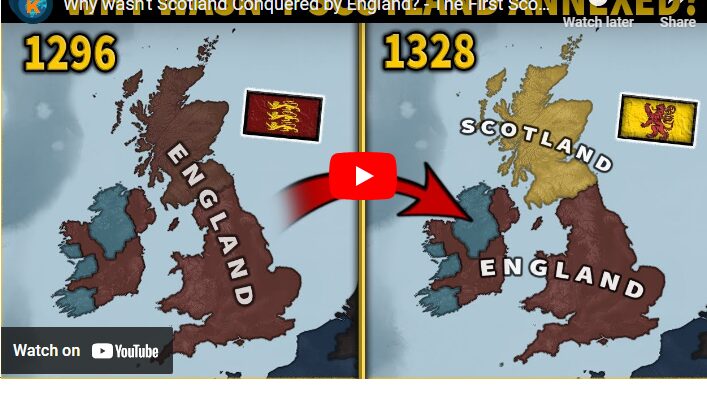
Picardy Symbol Stone | Picts of Scotland
The Picardy Symbol Stone is a fascinating Pictish artifact located near Insch in Aberdeenshire, Scotland. It is a 2-meter-tall monolith carved with mysterious symbols typical of Pictish stones, dating back to around AD 600. The stone is unique because it still stands in its original location, which is rare for such artifacts.
The carvings on the stone are enigmatic, and their meanings remain uncertain. They might represent tribal affiliations, commemorate a burial, or signify a claim to land or power. From its site, you can also see the nearby Dunnideer Hill Fort, which may have been a stronghold of a Pictish chief.
discover some mysterious Pictish stones with symbols carved thousands of years ago
Picardy Symbol Stone | Insch | Aberdeenshire | Scotland In a beautiful landscape littered with ancient sites is the Picardy Symbol Stone. A 2m high megalith which our Pictish ancestors carved there enigmatic symbol’s onto. The stone is made of black whinston, shot through with veins of quartz. What these petroglyphs represent is unknown. The monolith once stood on a stone cairn, likely erected around 500AD-700AD, a magnetometry survey was taken in September 2012.
The Picardy Stone is peculiar in that the monolith is linked with a burial from 600AD. It is also one of a handful of Pictish carved stones to be in its original position. The enigmatic petroglyphs are common for early Pictish symbol’s.
On the south face at the bottom is what looks like a mirror, this may indicate a female of power who ordered the erection of the stone or who could have been buried here. The middle glyphs are a snake in an s position with a z-rod. The top carving is another z-rod with a double disk on display.
An 1856 excavation revealed the stone positioned on a 2m wide circular cairn, this had a grave running in an east to west orientation. This excavation was poorly recorded, in the present day none of the cairn or grave exists. Not much is known about the ancient Pictish people who inhabited the land north of the Clyde and Forth estuaries in the 1st millennium AD. They were the descendants of the Iron Age tribes who lived in these areas.
The Picts bequeathed around 300 stones carved with there symbols across the country. The earliest stones date from 600AD, after 700AD the stones were mostly christian cross slabs where the christian symbol dominates the Pictish glyphs. Many Pictish stones have been reused or destroyed. A few theories regarding the meaning of the carvings are status symbols of the dead, a right to power or land and tribal links.
The Pictish people also imprinted there important symbols on mobile objects like wood, metal and stone which were much smaller. A personal theory is the stone might be the sole survivor of a Neolithic recumbent stone circle, that was perhaps taken on by the much later Pictish people. The Picardy stone is located north west of Inch and has public access. A BIG thanks to our ancient ancestors.
Donate to the Festival
Any and all donations that you make are greatly appreciated and help us continue our efforts in bringing you a great event along with a website full of information about Robert the Bruce & Scottish/Irish Heritage.


